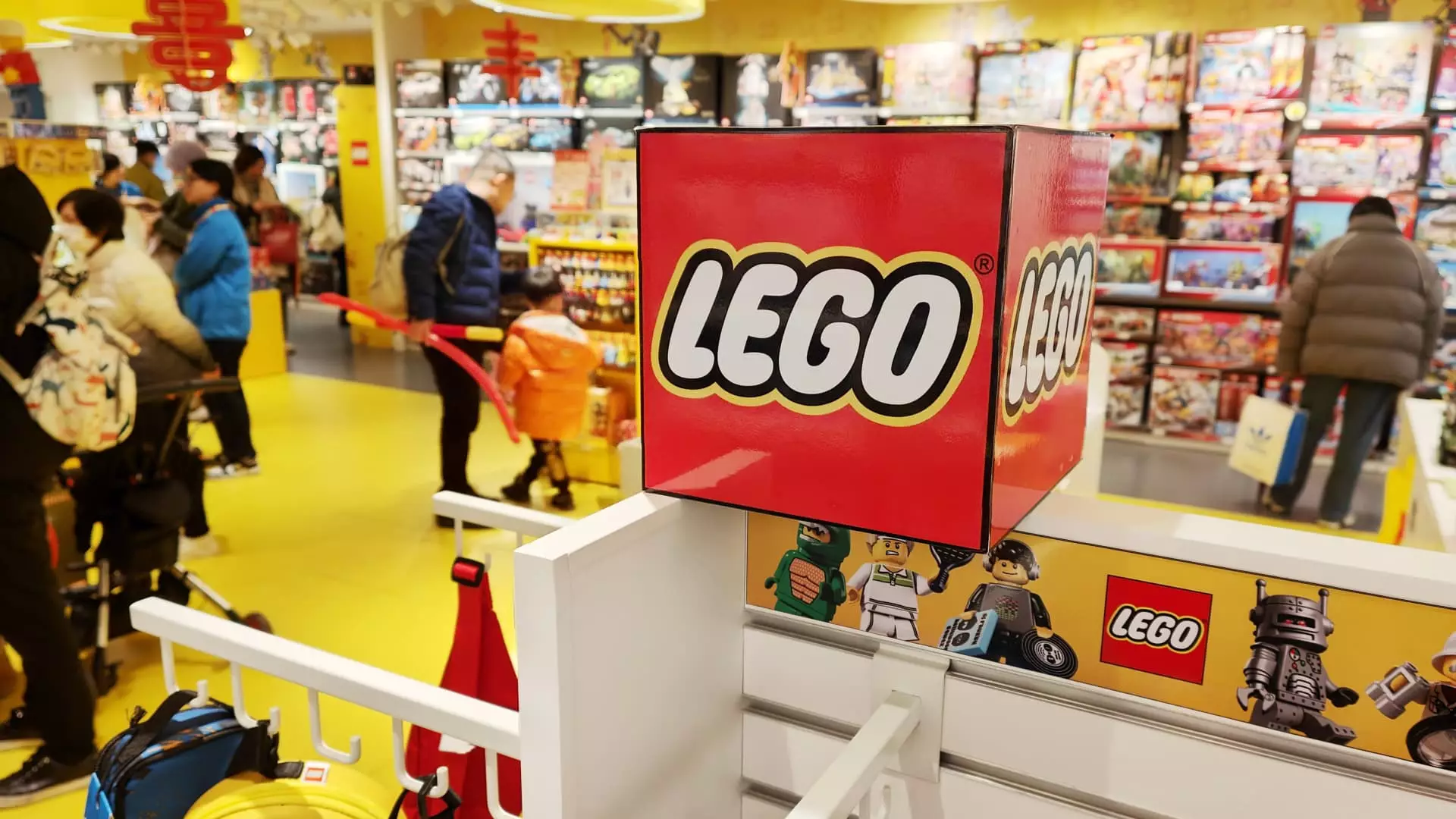The toy industry experienced a slowdown in sales due to inflation pressures in the first half of 2024. However, Lego managed to defy this trend by recording a remarkable 13% increase in revenue, reaching 31 billion Danish krone. The company’s CEO, Niels Christiansen, credited this success to the strength of their product portfolio, particularly highlighting Lego Icons, Lego Creator, and their partnership with Epic Games’ Fortnite. This strategic focus on popular products and collaborations has allowed Lego to stand out in a competitive market.
While other toy companies like Mattel and Hasbro reported declines in net sales during the same period, Lego demonstrated resilience and growth. Mattel faced challenges due to tough comparisons from previous years’ sales successes, such as those driven by the Barbie brand. Hasbro, on the other hand, is still recovering from the impact of divesting eOne. In contrast, Lego’s diverse product range, catering to both children and adults, has enabled the company to capitalize on the momentum gained during the pandemic.
Despite facing flat sales in China, Lego remains committed to expanding its presence in the region. Christiansen emphasized the long-term potential in China and highlighted the company’s investment in opening new stores in the country. By recognizing the importance of the Chinese market and focusing on strategic growth initiatives, Lego is setting itself up for success in a key global market.
Sustainability Initiatives:
Lego’s commitment to sustainability is another key factor in its ongoing success. The company has nearly doubled its use of renewable and recyclable materials in its products compared to the previous year. This dedication to sustainable practices not only benefits the environment but also demonstrates Lego’s forward-thinking approach to business. Christiansen noted that while there are additional costs associated with sustainable materials, Lego is absorbing these expenses rather than passing them on to consumers. This decision not only aligns with consumer preferences for environmentally friendly products but also incentivizes suppliers to develop more sustainable practices.
Future Growth Strategies:
Looking ahead, Lego aims to source half of its raw materials from sustainable sources within the next few years. This ambitious goal reflects Lego’s continued commitment to environmental responsibility and sets a high standard for the industry as a whole. By prioritizing innovation, strategic partnerships, and sustainability, Lego has positioned itself as a leader in the toy market, poised for continued growth and success in the years to come.

